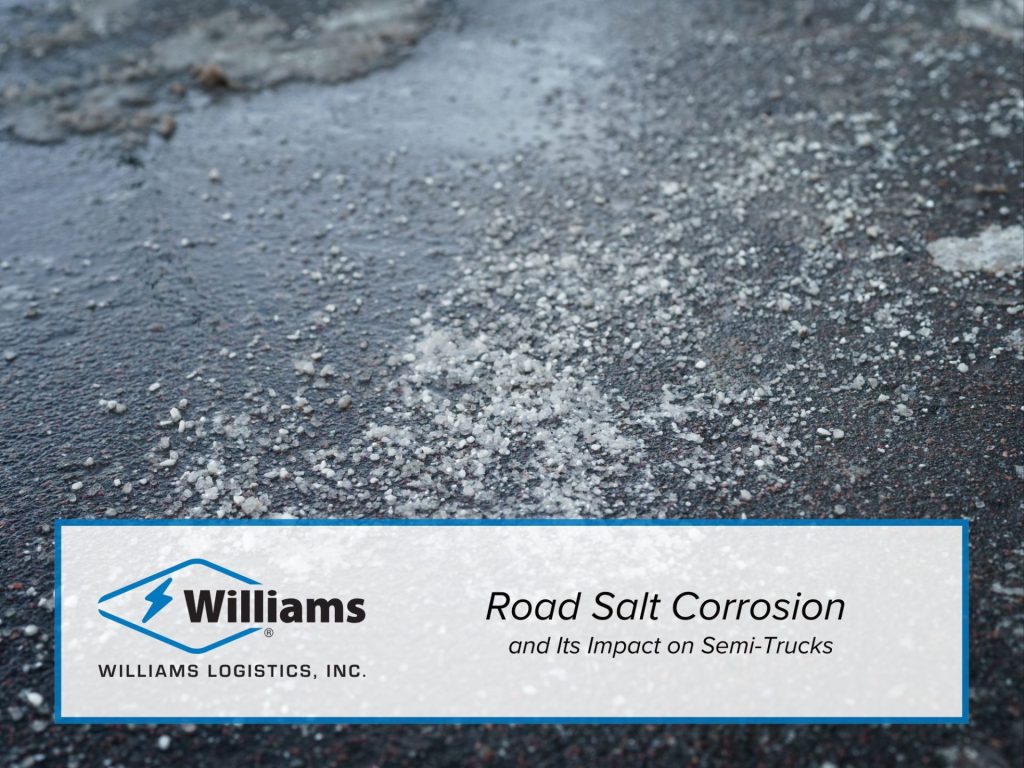During winter, road salt is a common tool used to improve safety on icy roads. However, its benefits come with significant drawbacks, particularly concerning vehicle corrosion. This blog explores why road salt is used, its corrosive nature, its impact on vehicles, and how to mitigate its effects.
Why Do We Add Salt to Roads in Winter?
Road salt is primarily used to lower the freezing point of water, preventing ice formation and helping to melt existing ice and snow. When salt is spread on icy roads, it mixes with water and reduces the freezing point, making the roads less slippery and safer for driving. This process is crucial in maintaining road safety during winter months when temperatures hover around freezing.
At What Temperature Does Road Salt Stop Working?
Road salt is effective at lowering the freezing point of water, but its efficacy diminishes as temperatures drop. Typically, sodium chloride (common road salt) is effective until about 15°F (-9°C). Below this temperature, salt's ability to melt ice decreases significantly, necessitating the use of alternative de-icing agents like calcium chloride or magnesium chloride, which work at lower temperatures.
Is Road Salt Corrosive?
Yes, road salt is highly corrosive. It accelerates the oxidation process that leads to rust on metal surfaces.The presence of salt creates an electrolytic solution that heightens corrosion risks, particularly for vehicles exposed to these elements over time.This reaction can severely damage a vehicle's metal components over time if not properly managed.
How Bad Is Road Salt for Your Vehicle?
Road salt can cause extensive damage to vehicles by promoting rust formation. The undercarriage is particularly vulnerable as it is constantly exposed to salt-laden slush and water. Rust can compromise critical components like brake lines, fuel lines, and suspension parts. Over time, this corrosion can lead to costly repairs and potentially hazardous mechanical failures.
How Fast Does Road Salt Rust Cars and Semi-Trucks?
The rate at which road salt causes rust depends on several factors, including exposure frequency and environmental conditions. Vehicles in regions where roads are frequently salted may show signs of rust within a few years if not properly maintained. Regular exposure without proper cleaning can rapidly accelerate corrosion. Semi-trucks, due to their size and constant exposure on highways, are particularly susceptible if not regularly washed and treated.
How to Neutralize Road Salt
Ways to neutralize road salt involves removing it from the vehicle's surface and preventing further corrosion:
- Regular Washing: Frequently wash your vehicle during winter months, paying special attention to the undercarriage where salt accumulates.
- Use a Neutralizing Agent: Products like mineral deposit removers can effectively neutralize salt residues. Mixing these with a rinsing solution helps remove stubborn deposits.
- Protective Coatings: Applying wax or sealants before winter can provide a protective barrier against salt. Consider undercoating treatments for additional protection.
- Avoid Puddles: Try to avoid driving through puddles of melted snow mixed with road salt as they splash corrosive substances onto your vehicle's underside.
By taking these preventive measures, you can significantly reduce the corrosive impact of road salt on your vehicle, ensuring it remains in good condition throughout the winter season. Regular maintenance and proactive care are essential in combating the damaging effects of road salt corrosion.
